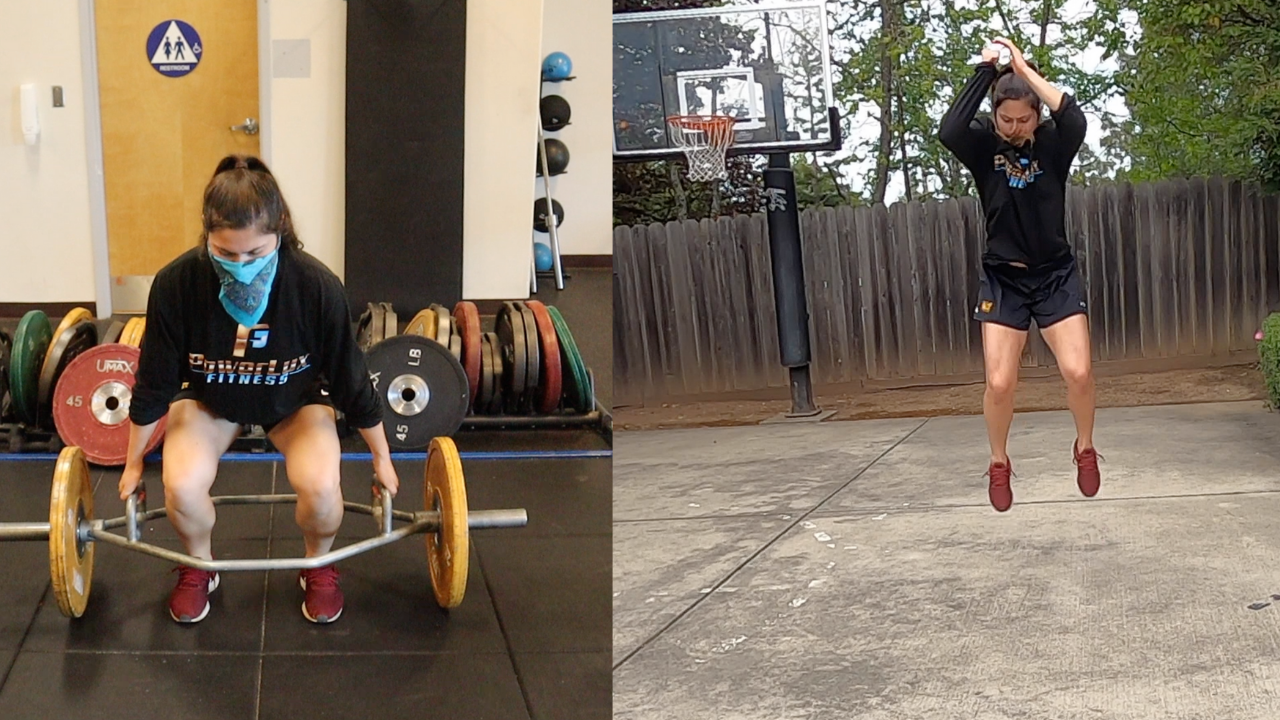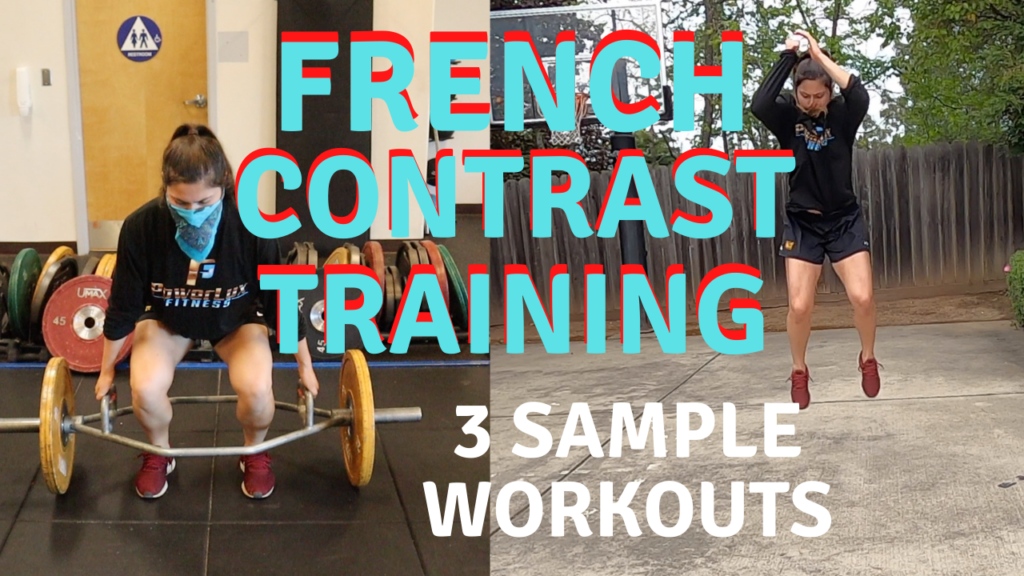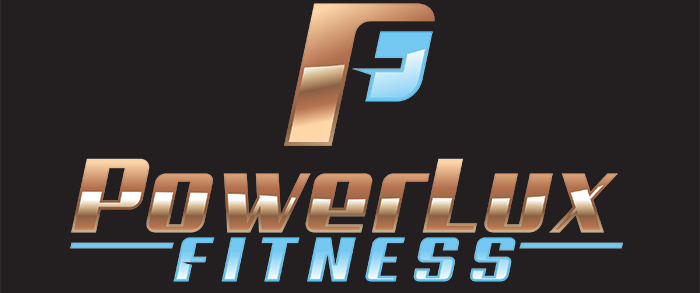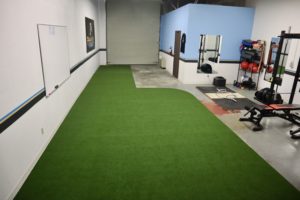
Want to start training like an athlete with French Contrast Training but don’t know where to start? Leave it to us! Click on the image above, or “Customizable Programs”, under the Programs tab to get started training like an athlete!

Click on the image above for the video version!!
More Power… who doesn’t want more power! If you’re anything like me or Tim “The Tool Man” Taylor, then you sure as hell always want more power! I’m talking jet engine on a lawn mower type of power, where you gotta hold onto your clothes to make sure they don’t fly off. Power is a tricky thing because the more of it you have, the more you want. At least in my case. But when it comes to power with the human body and athletic performance, it’s not as simple as adding more power to a machine. Damn, if I could add a jet engine to myself, I’d be the one lookin back on Usain Bolt. Although we can’t just add a turbocharger, we can still do plenty of things to tweak ourselves so we can increase our power, and one of those things we can do is alter our training method.
It’s a pretty well known thing that in order to work power, you want to work in the 3-6 set range, with 1-6 reps, and at 50-70% 1RM. That’s just the general guideline most people can follow, but that doesn’t really say much about training methods. When we select power exercises, we want to make sure that we are doing the same movement pattern in the exercise that we need in real life. So if you jump a lot, you want to select exercises that work on loading through the hips, like squats, and developing explosive power. So now knowing the very basics of power training, we can talk about one of the best methods of training that shows some serious increases in power.
French Contrast Training (FCT), or as the French call it, “We are Geniuses Contrast Training,” is truly one of the greatest ways to work on developing power, explosive strength, and speed endurance. It’s purpose is to promote positive adaptation through increased rate of force development and power development. FCT increases power through developing strength and reactive ability by using high loads and high intensity, with loaded, unloaded, and accelerated movements. What that basically means is that it’s a badass way to train power.
FCT is a combination of two other training methods: complex training and contrast training. If you watch any of my YouTube videos, you’ll have heard me talk about these ad nauseam because I just love them so much. Complex training involves performing a heavy exercise (80-90%1RM) immediately followed by a plyometric exercise of the same movement pattern. Examples: heavy back squat into triple broad jump, heavy trap bar deadlift into max box jump, heavy bench press into med ball toss. You guys get the idea. Contrast training is relatively similar – it involves performing a max or near max strength move (80-97% 1RM) followed by a sort of drop set at 50-70% 1RM. An example for contrast training is this: heavy back squat into a weight box jump or heavy bench press followed by power landmine bar press. While complex training has little rest between the two exercises, contrast training has a longer rest between the two exercises, but both have a couple minutes of rest between the sets.
The main idea behind complex and contrast training, and therefore FCT, is the idea that these methods potentiate the nervous system and improve intermuscular and intramuscular coordination (these are essential to being powerful). This potentiation basically speeds up the nerve impulse signal going from your muscle to your spinal cord and back, increasing your ability to perform certain moves faster. This potentiation is usually referred to as postactivation potentiation, or PAP, “the enhanced contractile ability of a muscle to generate force with moderate to light loads after performing an exercise consisting of maximal or near maximal loads” (Cal Dietz, Triphasic Training). PAP works to increase the recruitment of high threshold motor units (those bigger muscles our body reserves for all out power moves when the low threshold motor units can’t get the job done) through lifting a very heavy weight, therefore resulting in greater power output and force production for the following exercise. To put it simply, when we perform a heavy exercise, our body is thinking, “holy shit, that’s heavy, I need to call in the big dogs to perform this lift,” aka, the high threshold motor units. After that exercise, the body is thinking it’s going to have to lift heavy again, so it’s ready to regenerate that force quickly. However, when the subsequent exercise is a plyometric move for power, while your body is still thinking it’s going to lift heavy, you perform that plyo move with the same contractile force and with the high threshold motor units as you would when lifting a near max load. That results in a substantial increase in power due to the fact that your body was thinking it needed a shit ton of force to lift something heavy, when really, it was performing a lighter move. So all that force needed to lift 90% of your 1RM, transferred over to performing a plyo exercise. Cal Dietz gave an amazing example of this: if you’re picking up boxes of bricks and all of a sudden you pick up a box of pillows, without knowing there were pillows in the box, you’re going to damn near fall backwards as you’re lifting that pillow box. That’s because your perceived force needed to lift the box is much greater than the actual force needed, which means you were potentiated from the prior heavy boxes. Your body doesn’t really know ahead of time the force it’s going to need to generate until it’s actually performing a move and feeling the load. So lifting a heavy first exercise gets your body thinking that it’s going to need a lot of force in the subsequent move, and it engages the high threshold motor units, leaving you 2 steps ahead. So when that power exercise rolls around right after, the force you’re exerting on that move is enough to lift a near max load – holy power.
Now that the background crap is out of the way, let’s breakdown French Contrast Training. As I said, it’s a combo of complex and contrast training that works PAP and consists of 4 exercises:
1) Heavy Compound Move (80-90% 1RM)
2) Plyometric Jump
3) Drop Set or Weighted Jump (30% 1RM)
4) Plyo or Accelerated Plyo
To break these down extremely simply, a heavy compound exercise is something like a squat, trap bar deadlift, bench press, deadlift, etc. A plyometric jump is like a broad jump, tuck jump, or depth drop to med ball throw. The drop set or weighted jump is something like a dumbbell squat jump, resisted broad jump, or landmine bar press. For the fourth one, an accelerated plyo means doing something greater than 100% of your max. For example, doing sprints with a bungee around your waist helping to pull you forward forces you to run at a faster speed than you can produce on your own, adapting your muscles and body to moving at that speed. Another example is an explosive pushup, where you tie the resistance band to the top of a squat rack, get in the band in push up position, and do explosive push ups where the band helps you get off the ground.
In between each exercise, take about 10-15 seconds to breathe and recover, and in between each set, take about 2-4 minutes of recovery. Make sure that all the exercises follow the same motor pattern and are actually the movement you need to be training. To start you off, I’m giving you 3 sample workouts with FCT:
Workout #1 (5 Sets):
a) Trap Bar Deadlift x3
b) Tuck Jumps x3
c) Resisted Broad Jumps x2
d) 15 yard Sprint x1
Workout #2 (5 Sets):
a) Back Squat x2
b) Explosive Split Squat Jump x4
c) DB Squat Jump x2
d) Max Box Jump x1
Workout #3 (5 Sets):
a) Bench Press x2
b) Depth Drop to Med Ball Throw x1
c) Landmine Bar Power Press x4
d) Explosive Push-Up x3
French Contrast Training is a phenomenal way to start working on power, increasing rate of force development, and power output. It enhances PAP in your body through the use of a heavy exercise followed by lighter loads, moderate loads, then accelerated loads. FCT is very stressful on the body, as it demands a lot, however, just the right amount of stress is a crucial element when seeking adaptation. With that being said, I would recommend FCT just for elite athletes or those with an experienced training life, not novices. At the end of the day, with this type of training done right, you will be able to produce more power for longer periods of time.
Make sure you’re checking out our instagram, @powerlux_fitness, and our YouTube Channel for more athletic workouts and ways to train like an athlete for the everyday person! If you’re interested in working with PowerLux Fitness, if you want programming, training, or a consultant, don’t hesitate to reach out! We have top of the line trainers with experience training professional athletes ready to help you!
Until next time, stay rad!







